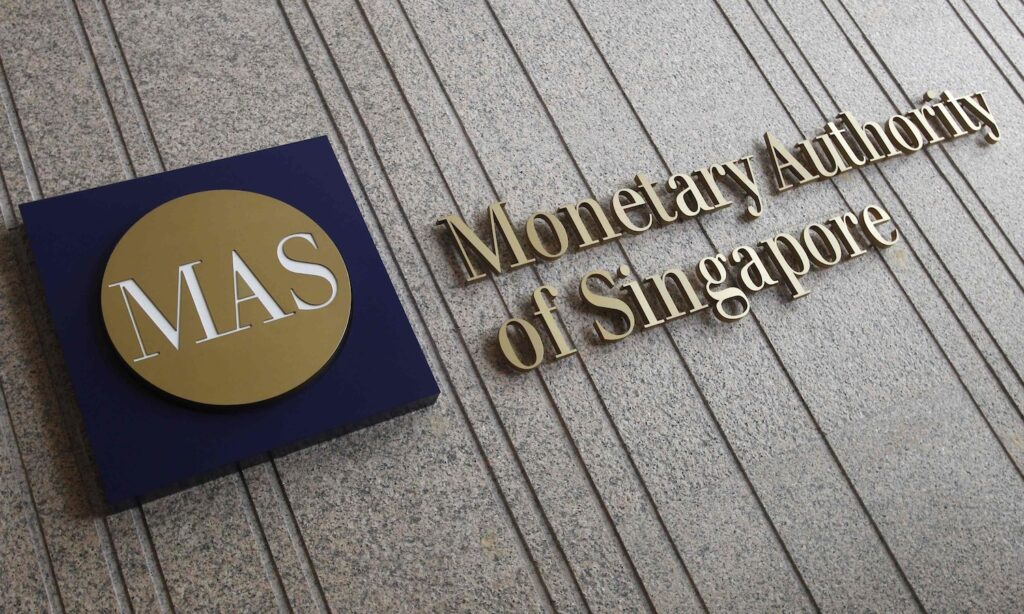Singapore updates its money laundering risk assessment Singapore: Gems and metals, and digital payments are two new sectors identified as high risk for money laundering activities, according to Singapore’s latest national risk assessment. The report, released on Thursday (20 June), also showed that the main threat to Singapore in this sector comes from domestic and international fraud through deep fakes and artificial intelligence, usually perpetrated by criminal organisations based overseas.

The latest National Money Laundering Risk Assessment (ML NRA) is part of Singapore’s efforts by the Ministry of Home Affairs (MHA), Ministry of Finance and Monetary Authority of Singapore (MAS) to maintain the effectiveness of its enforcement system amid an evolving economic and geopolitical context. The last report was published in 2014. The latest edition captures new risks observed over the past decade by Singapore’s law enforcement agencies, financial intelligence arm Suspicious Transactions Reporting Office (STRO), as well as private companies and foreign partners. Money laundering has come into the spotlight in Singapore following a $3 billion case involving 10 foreigners and assets including cash, luxury real estate, branded goods, cryptocurrency and alcohol.Now, all of them have been convicted and punished. But work on the latest report began more than two years ago, before news of the investigation broke last August.
Economic and geopolitical changes
Economic and geopolitical changes are only increasing the risks facing Singapore as an international financial, trade and transportation hub, authorities said. Criminals may seek to exploit Singapore’s open financial system and business infrastructure to launder or move illicit funds and assets, while also using Singapore as a place to cash out their ill-gotten gains into other assets such as real estate, jewels and precious metals, they told authorities.

Risks also increase with the proliferation of technology that enables high-speed, large-scale cross-border transactions. Singapore Police Commercial Division chief David Choo said the report is the cornerstone of Singapore’s anti-money laundering regime, and that the national strategy focuses on prevention, detection and enforcement. Choo is also Singapore’s head of delegation to the Financial Action Task Force (FATF). Singapore currently chairs the 40-member global anti-money laundering and terrorist financing watchdog. The next assessment is due to take place in August next year. He said Singapore has always been open to clean business and is committed to maintaining trust in the financial ecosystem.
“We adopt a zero-tolerance stance on money laundering. We also do our best to prevent criminals from misusing our financial ecosystem. When we find them, we will track them down and bring them to book,” Chew said. Higher-risk sectors Chew said Singapore remains exposed to major offshore money laundering threats, namely “corruption, taxation and trade-related money laundering.” “In addition, cyber fraud, commonly known as fraud, and foreign organized crime are two new major money laundering threats that pose a much higher risk than those identified in the previous NRA.” The agency said the banking sector remains at the highest risk for money laundering because banks are vulnerable to abuse due to their role in processing large volumes of financial transactions.
They also serve customers who are more likely to launder money, such as those in countries with high money laundering risk. Among the non-financial sectors, business services are at higher risk as they may be used to commit crimes, such as setting up shell companies with complex ownership structures to hide the identities of criminals. The real estate, licensed trusts, casinos, and gems and metals sectors also pose a higher risk of money laundering, the agency said. Within the financial sector, providers of digital payment token (DPT) services are also at higher risk, as are providers of cross-border remittance services such as remittance agents and third-party asset management companies.
According to authorities, there has been an increase in the number of reported cases related to DPTs and how they are being misused. While DPT activity in Singapore is only a small fraction of global activity, local authorities continue to monitor the sector closely. “It has been several years since the last (assessment), and we have seen that many sectors have indeed improved their controls and risk awareness,” said Tong Leng Yen, managing director of MAS’s anti-money laundering division. “However, the global threat and risk environment has also become more complex. It is therefore important for industries and sectors across the economy to pay close attention to and refer to this ML NRA to ensure that their risk assessments are up to date, and that their mitigation measures are effective and sufficient to address the risks they are trying to address.”




